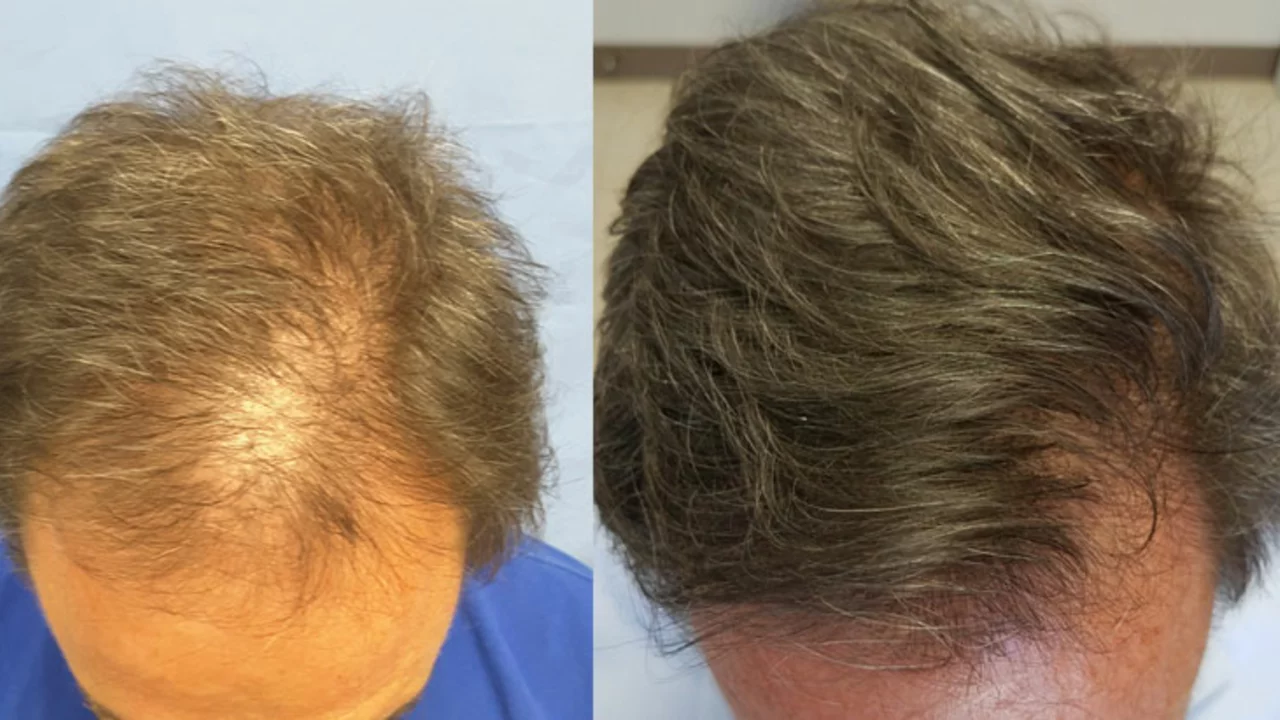Stopping finasteride: practical steps and what really happens
Thinking about stopping finasteride? Whether you take it for hair loss or prostate issues, quitting raises a lot of questions. This short guide gives clear, practical steps you can use right away, what to watch for, and how to talk to your doctor so you don’t get blindsided.
What to expect after you stop
Finasteride lowers DHT (a hormone that affects hair and prostate). When you stop, DHT levels move back toward baseline. For hair users, that often means some shedding 2–3 months after stopping and more noticeable thinning over 6–12 months. If finasteride helped you keep hair, some of that benefit may gradually disappear.
Sexual side effects (lower libido, erectile issues) related to finasteride usually improve within weeks to months for many people, but a small number report longer-lasting problems. Mood changes and anxiety are also reported by some—take those seriously and get help if mood or sleep suffers.
If you used finasteride for BPH, stopping can let urinary symptoms come back. Also remember finasteride reduces PSA readings by about half; stopping changes that picture, so discuss PSA tracking with your clinician.
Practical steps to stop more safely
1) Talk to your doctor first. Say exactly why you want to stop and what bothers you. Your doctor can suggest options tailored to your health needs and monitor PSA if you were using it for prostate care.
2) Consider a gradual reduction. There’s no universally accepted taper schedule, but many people and some doctors try stepping down the dose (for example, 1 mg daily → 1 mg every other day → 0.5 mg every other day) over 4–8 weeks while watching symptoms. Do this only with your doctor’s OK.
3) Track symptoms. Keep a simple log: sexual function, mood, hair shedding, and urinary changes. Note dates so your doctor can see patterns and timing.
4) Have alternatives ready. For hair: topical minoxidil, topical or low-dose oral finasteride regimens, PRP, or hair transplant are options to discuss. For BPH: alpha-blockers and other meds can replace finasteride in some cases. Don’t switch meds without medical advice.
5) Get support if mood or sexual function worsens. A counselor or urologist/sex therapist can help. If symptoms are severe or persistent, ask for a referral.
Stopping finasteride is a personal decision. The safest path is planned, monitored, and done with a clinician who knows your health goals. If you want, bring your symptom log to the appointment and ask about timed check-ins—monthly for the first three months gives a clear picture of how you’re doing. That way you can quit with a plan, not just hope.

How to Maintain Your Hair Health After Stopping Finasteride
In the journey of maintaining hair health after discontinuing Finasteride, it's essential to keep a few things in mind. Firstly, don't forget to maintain a nutrient-rich diet, as hair health is directly related to your overall health. Secondly, using mild, natural shampoos and conditioners can be beneficial. Regular scalp massages and moderate exercise can also contribute to improved hair health. Remember, patience is key as your natural hair cycle may take some time to return to normal.
Read more